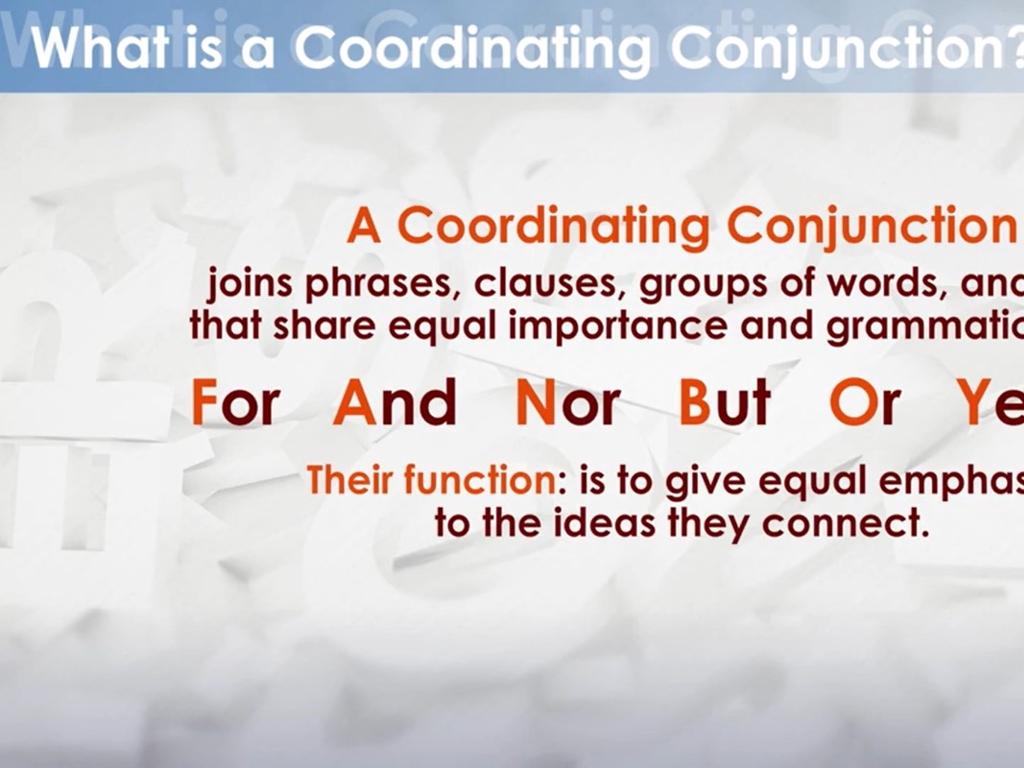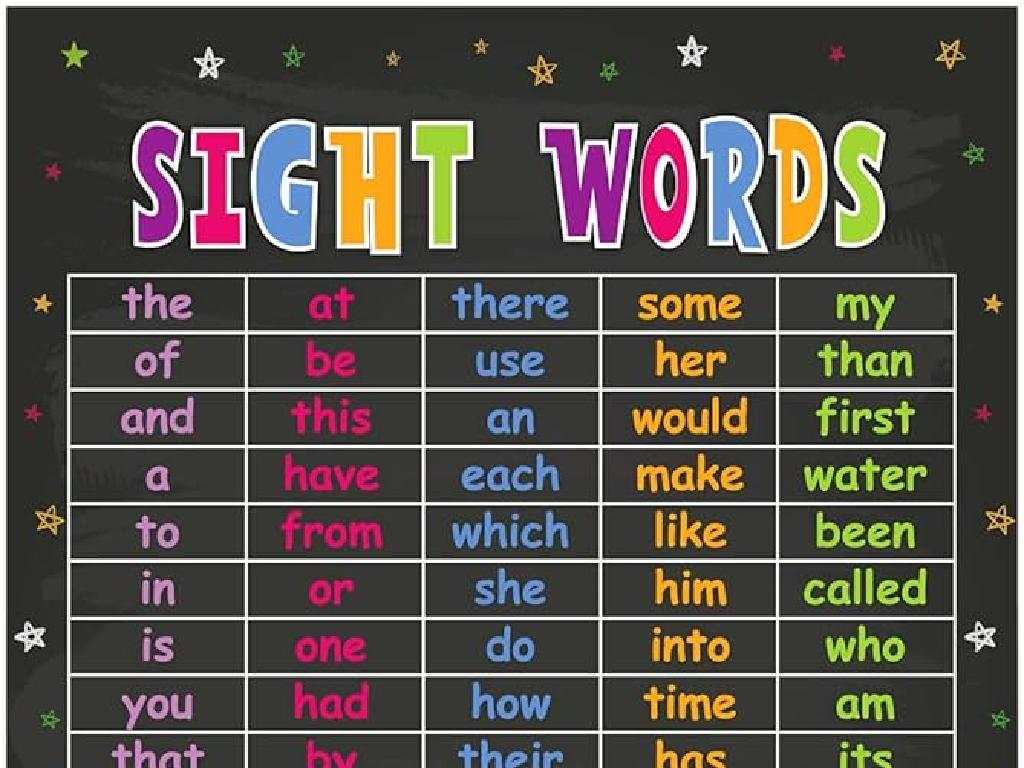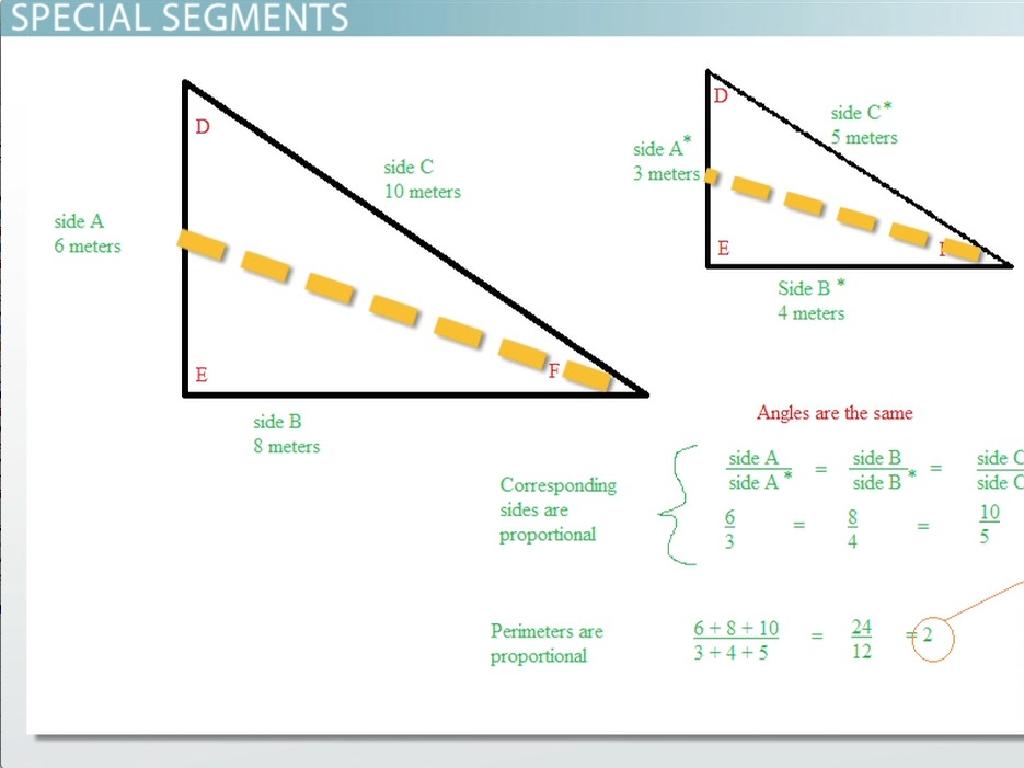Frederick Douglass
Subject: Social studies
Grade: Second grade
Topic: Historical Figures
Please LOG IN to download the presentation. Access is available to registered users only.
View More Content
Learning About Frederick Douglass
– Meet Frederick Douglass
– A brave man for freedom
– He escaped slavery and became a leader.
– Fought for equality
– Believed in equal rights for everyone.
– An important historical figure
|
Introduce Frederick Douglass as a significant historical figure who played a pivotal role in the fight against slavery and for equal rights in America. Emphasize his bravery and his belief in equality for all people. Explain that he was born into slavery but escaped and worked to help free others. Douglass was also a powerful speaker and writer who used his talents to persuade others to join the cause for freedom. This slide sets the stage for students to understand the importance of fighting for what is right and standing up for others.
Early Life of Frederick Douglass
– Born into slavery around 1818
– Frederick was not free when he was little
– Worked on a plantation as a child
– He helped on a farm with many chores
– Learned to read and write
– Reading was tough but he did it!
– Overcame many challenges
|
Frederick Douglass was born into slavery, which meant he wasn’t free and had to work very hard even as a young boy. Despite the difficult circumstances, he managed to learn to read and write, which was very rare and dangerous for enslaved people at the time. His determination to learn and overcome challenges was remarkable and set the foundation for his future accomplishments. When discussing Douglass’s early life, emphasize his resilience and the importance of education. Encourage students to think about how learning to read and write was a key step in Douglass’s journey to becoming an influential leader.
The Path to Freedom: Frederick Douglass
– Escaped by pretending to be a sailor
– He wore a sailor’s uniform to escape to freedom.
– Followed the North Star north
– The North Star guided him to safety in the North.
– Changed his name to Douglass
– He chose a new last name for his new life as a free man.
|
This slide is about how Frederick Douglass bravely escaped from slavery and began his journey as a free man. Explain to the students that Douglass had to be very clever and brave to escape, using a disguise as a sailor to avoid being caught. Discuss the importance of the North Star as a guide for escaping slaves on their way to freedom in the North. Highlight the significance of Douglass choosing a new last name, symbolizing his freedom and new identity. Encourage the students to think about what it means to be free and the courage it takes to seek freedom.
A Voice for Freedom: Frederick Douglass
– Douglass fought for freedom
– He wanted to end slavery and worked hard for it
– Gave speeches against slavery
– His words were strong and moved people’s hearts
– Wrote a book about his life
– His book tells his story from being enslaved to becoming free
– Shared his message with the world
– He used his experiences to help others understand why slavery was wrong
|
Frederick Douglass was a key figure in the abolitionist movement, advocating for the end of slavery. He used his powerful oratory skills to influence public opinion and was known for his persuasive and moving speeches. Douglass also penned an autobiography detailing his life as an enslaved person and his journey to freedom, which played a significant role in the anti-slavery movement. This slide aims to introduce second-grade students to Douglass’s contributions and the importance of using one’s voice and experiences to advocate for change. Encourage students to think about how they can use their own voices to stand up for what they believe in.
Frederick Douglass’s Legacy
– Advised presidents to end slavery
– Fought for everyone’s rights
– Stood up for fairness for all people
– Supported women’s rights
– Believed women should vote and have equal rights
– Helped pass the Emancipation Proclamation
– His efforts led to a law freeing slaves
|
Frederick Douglass was a brave and wise man who worked hard to make America a better place for everyone. He talked to presidents and gave them advice on how to stop slavery. Douglass believed in justice for all people, no matter their skin color or whether they were men or women. He played a significant role in getting the Emancipation Proclamation passed, which was a big step in freeing enslaved people. When discussing Douglass’s legacy, emphasize his dedication to equality and his impact on American history. Encourage students to think about how one person’s efforts can lead to great changes in society.
Remembering Frederick Douglass
– Douglass inspires us today
– Honoring his fight for justice
– His dedication to equality
– How can we continue his legacy?
– Discuss ways to treat everyone fairly and stand up for what is right.
|
Frederick Douglass was a powerful speaker and writer who fought for justice and equality, especially in ending slavery. His work helped to change laws and improve the lives of many people. Even now, his words encourage us to be better and to treat everyone with respect. In class, we can discuss how we can act in our daily lives to support fairness and equality, just like Douglass did. This could include being kind to all classmates, learning about different cultures, and speaking up when we see someone being treated unfairly.
Class Activity: Be Like Douglass
– Pretend to be Frederick Douglass
– Discuss fairness with a partner
– Talk about what fairness means to you
– Take turns giving speeches
– Think how to impact the world
– Like Douglass, how can you help others?
|
In this interactive class activity, students will engage in role-play to better understand Frederick Douglass and his advocacy for fairness and equality. Students will pair up and each will have a chance to speak as if they were Douglass, expressing their thoughts on fairness and how to make a positive difference in the world. Teachers should guide students to think about what fairness means in their own lives and how they can apply these principles to help others. Possible activities include: writing a short speech, creating posters with quotes from Douglass, or discussing as a class how Douglass’s work is still relevant today. The goal is to inspire students to think critically about social issues and consider their own role in creating a just society.






